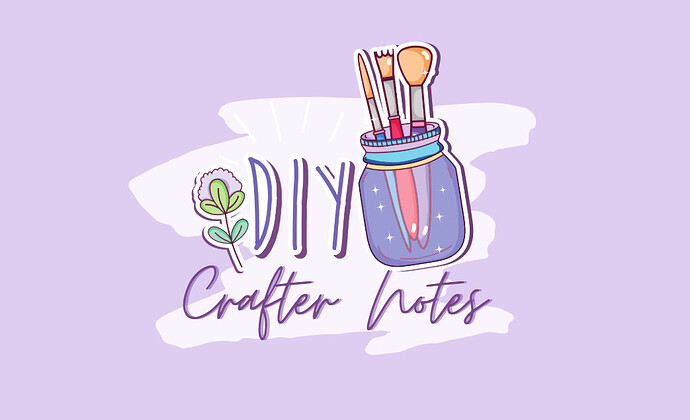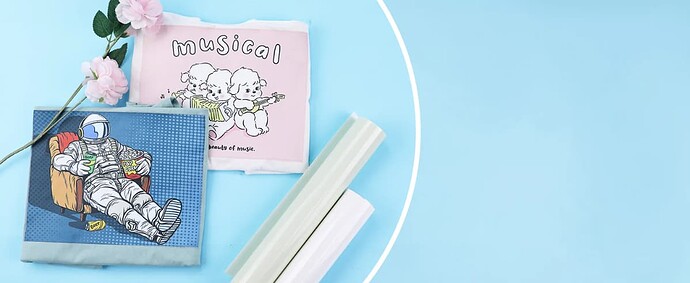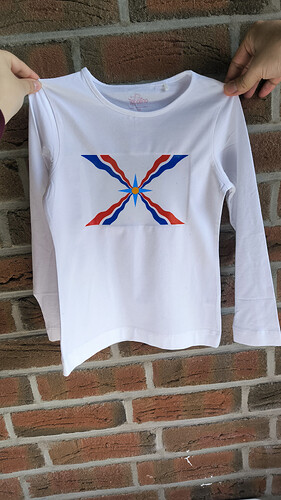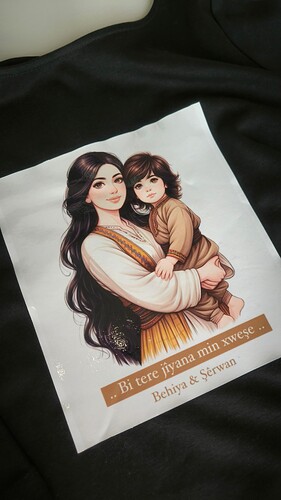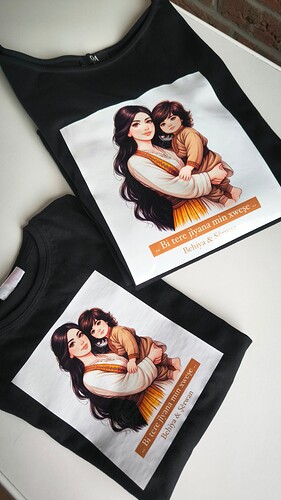Hello Community! ![]()
Welcome back to Know Your Materials!
This series takes a closer look at common crafting materials—how they work, how to use them, and what to watch out for.
Today we’re diving into Sublimation Blanks and Sublimation HTV, two materials used in sublimation projects—but in different ways.
![]() Sublimation Blanks
Sublimation Blanks
These are surfaces with a special coating that allows sublimation ink to bond permanently. You’ll find them in all kinds of shapes and uses—mugs, keychains, phone cases, fabric sheets, and more.
![]() Features
Features
![]() Bright, vibrant colors with rich details
Bright, vibrant colors with rich details
![]() No cracking, peeling, or fading—very durable
No cracking, peeling, or fading—very durable
![]() UV-resistant and long-lasting outdoors
UV-resistant and long-lasting outdoors
![]() Things to keep in mind
Things to keep in mind
• Only works with sublimation ink (not regular inkjet)
• Not suitable for high-cotton fabrics—ideally <30% cotton
![]() How to use
How to use
- Design your image in software and mirror it
- Print on the white side of sublimation paper using sublimation ink
- Place paper onto the blank and cover with a heat-resistant sheet
- Press at 180–200°C for 40s
- Remove the heat press and protective sheet, then quickly peel off the sublimation paper to finish your project
![]() Sublimation HTV
Sublimation HTV
When used with sublimation, images can be printed onto sublimation paper using an inkjet printer and then transferred onto HTV (Heat Transfer Vinyl) through heat pressing. It works well on cotton materials like T-shirts, tote bags, pillows, and more.
![]() Features
Features
![]() Easy to cut and weed, no bubbling or wrinkling
Easy to cut and weed, no bubbling or wrinkling
![]() Good adhesion and smooth finish after pressing
Good adhesion and smooth finish after pressing
![]() How to use
How to use
- Prepare your design for sublimation HTV—cutting machines can be used.
- Press the HTV onto the fabric at 150°C for 15 seconds (same as regular HTV), then peel (warm or cold peel)
- Place your printed sublimation paper on top of the HTV and press again at 200°C for 40 seconds to transfer the design
![]() That’s a wrap (for now!) on our Know Your Materials series. We’ve explored a range of crafting staples—from vinyls to transfer papers to sublimation tools.
That’s a wrap (for now!) on our Know Your Materials series. We’ve explored a range of crafting staples—from vinyls to transfer papers to sublimation tools.
Before we close this chapter, here’s a quick question for you:
![]() Which of the materials we’ve covered require you to mirror your design before printing or cutting?
Which of the materials we’ve covered require you to mirror your design before printing or cutting?
Drop your answers in the comments!
![]() Missed earlier posts? Catch up here:
Missed earlier posts? Catch up here:
![]() Know Your Materials #1 | Adhesive Vinyl & Printable Sticker Paper
Know Your Materials #1 | Adhesive Vinyl & Printable Sticker Paper
![]() Know Your Materials #2 | Heat Transfer Vinyl & Cardstock
Know Your Materials #2 | Heat Transfer Vinyl & Cardstock
![]() Know Your Materials #3 | Heat Transfer Paper & DTF Transfers
Know Your Materials #3 | Heat Transfer Paper & DTF Transfers
